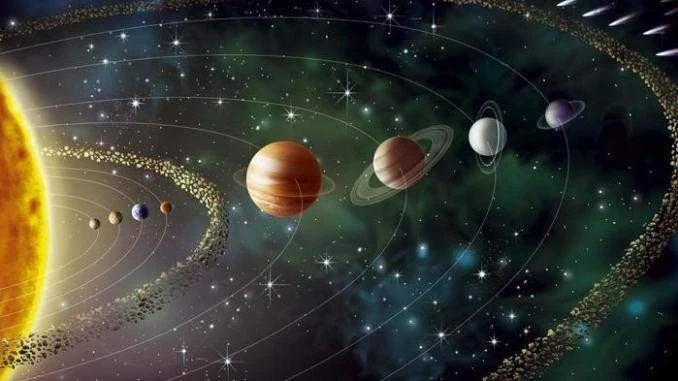Title: Solar System Facts That Will Increase Your Basic Knowledge
The solar system is a fascinating subject that has captivated the imaginations of people for generations. Understanding the basic facts about our cosmic neighborhood can not only expand your knowledge but also instill a sense of wonder about the vastness of the universe. From the fiery sun at the center to the distant icy realms, here are some incredible solar system facts that will pique your interest and deepen your understanding of the universe.
1. The Sun's Enormous Size: Did you know that the sun is so large that about 1.3 million Earths could fit inside it? This colossal ball of gas and plasma is the heart of our solar system, providing light and warmth to all the planets orbiting around it.
2. Mercury's Extreme Temperatures: Mercury, the closest planet to the sun, experiences extreme temperature fluctuations. During the day, its surface can reach scorching temperatures of up to 800 degrees Fahrenheit, while at night, it can drop to a chilling -290 degrees Fahrenheit.
3. Venus's Thick Atmosphere: Venus is often referred to as Earth's sister planet due to its similar size, but its atmosphere is vastly different. It is composed mainly of carbon dioxide and has a dense layer of clouds made of sulfuric acid, which traps heat and creates a greenhouse effect, making it the hottest planet in our solar system.
4. Unique Conditions: Earth is the only known planet to harbor life. Its ideal distance from the sun, presence of water, and protective atmosphere make it a haven for a diverse range of living organisms.
5. Mars's Rusty Surface: Often referred to as the "Red Planet," Mars gets its rusty appearance from iron oxide, also known as rust, that covers its surface. Scientists believe that ancient Mars had flowing water, which might have contributed to the planet's reddish hue.
6. Jupiter's Massive Size: Jupiter is the largest planet in the solar system, with a diameter more than 11 times that of Earth. It is famous for its Great Red Spot, a colossal storm that has been raging for centuries.
7. Saturn's Beautiful Rings: Saturn's stunning rings are not solid but composed of countless small chunks of ice and rock, ranging in size from tiny grains to several meters across. These rings are one of the most distinctive features of the planet.
8. Uranus's Tilted Axis: Unlike other planets, Uranus has an extreme tilt, rotating on its side. This unique orientation leads to extreme seasons, with each pole experiencing 42 years of continuous sunlight followed by 42 years of darkness.
9. Neptune's Windy Atmosphere: Neptune, the farthest planet from the sun, has the strongest winds in the solar system, reaching speeds of over 1,300 miles per hour. Its vivid blue color is a result of the methane in its atmosphere.
10. Dwarf Planets and Asteroid Belts: Beyond the eight recognized planets, there are numerous dwarf planets, such as Pluto, Eris, and Ceres, as well as asteroid belts, like the Kuiper Belt and the Asteroid Belt, which are filled with rocky debris.
Understanding these solar system facts can ignite a passion for astronomy and space exploration. Delving into the mysteries of the cosmos not only enhances your knowledge but also fosters a sense of appreciation for the wonders of the universe. So, take a moment to look up at the night sky and let your imagination soar among the stars.



